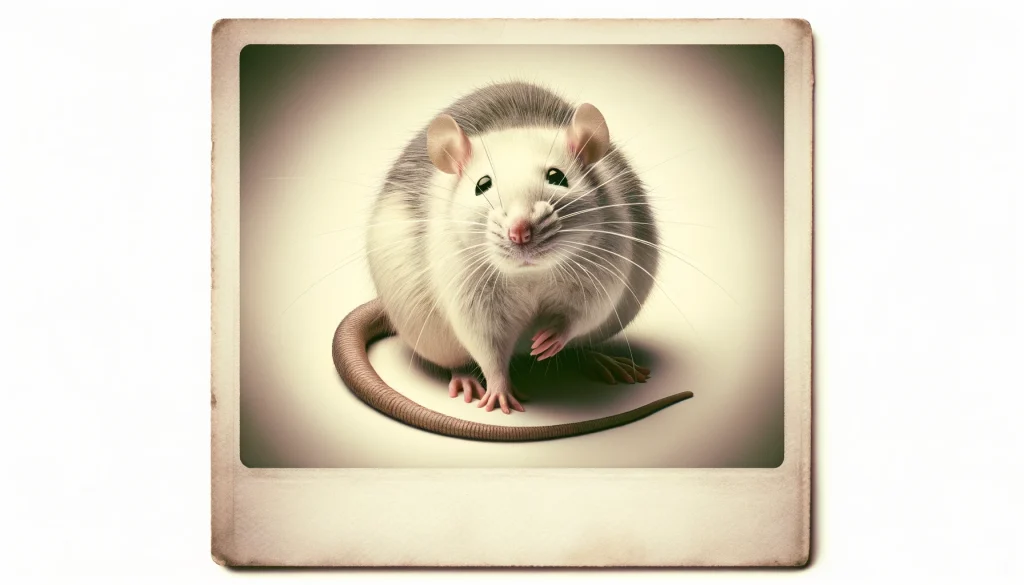Got Rats? 6 Signs of Rat Infestation

Got Rats?
Welcome to your comprehensive guide on managing rat infestations. If you’re noticing some early warning signs and wondering what they mean, I’m here to help. Early signs include hearing scratching noises, finding small, dark brown droppings, and noticing rub marks along skirting boards and walls. Rats typically start infesting areas like attics, walls, and garages due to their secluded nature. In severe infestations, you’ll see an abundance of droppings, extensive gnaw marks, multiple nests, and significant rub marks. There might also be a musky scent and sounds like scratching noises in walls at night, particularly from black rats, or roof rats, in attics. Understanding what rats look like is crucial. Norway rats have bristly brown fur with interspersed black hairs and lighter undersides, while roof rats are long, thin, with large eyes and ears, and a scaly tail. Their droppings are also distinctive – Roof rat droppings are about ½” long with pointed ends, and Norway rat droppings are larger, about ¾” with blunt ends.
It’s important to know why rats might be attracted to your home. They seek food, water, and shelter, and can infest even clean homes. Common misconceptions include the belief that only dirty or poorly maintained homes get infested. However, rats are opportunistic and can infest any home where they find an opening. We’ll explore what conditions in your home make it more susceptible to a rat infestation, how seasonal changes affect their activity, and how quickly a minor infestation can become severe. It’s also crucial to understand the impact of rats on your home and family, including health risks and psychological effects. Rats can spread diseases, contaminate food, cause structural damage, and even pose a fire hazard.
When it comes to getting rid of rats, you might be considering DIY methods or hiring an expert. We’ll discuss the costs, benefits, and downsides of professional extermination, along with some natural treatment options. I’ll also guide you on preventive measures to keep rats at bay. Choosing the right exterminator is important. We’ll talk about what qualifications and certifications to look for, and if you’re near Laguna Beach, California, and in need of rat treatment services, I’ll provide information to help you make an informed decision.
This guide is your one-stop solution for understanding, managing, and preventing rat infestations. Let’s tackle this challenge together!
Table of Contents
What are the early signs of a rat infestation?
What areas are typically first infested by rats in a home?
What are signs of a severe rat infestation?
What smells or sounds are associated with rat infestations?
What do rats look like?

Norway rats have bristly brown fur with black hairs interspersed, and their undersides are typically lighter, ranging from gray to off-white, sometimes with yellow tones. They have small eyes and ears, and their tails are shorter than the combined length of their head and body.
Roof rats are long and thin rodents with large eyes and ears, a pointed nose, and a scaly tail. Their fur is soft and smooth, usually brown with black spots. The underside of a roof rat can be white, gray, or black. Adult roof rats have a head and body length of 6-8 inches (16-20 cm), and their tails are notably longer, measuring 7-10 inches (19-25 cm), resulting in a total length of more than 40 cm. They typically weigh between 5-9 ounces (150-250 g), but can grow up to 12 ounces (340 g).
What does a rat look like up close?

What do rat droppings look like?
Roof rat droppings, are about ½” (12-13 mm) long with pointed ends, while Norway rat droppings are larger, about ¾” (18-20 mm) with blunt ends.
What types of rats are commonly found near Laguna beach, California?
Why do rats suddenly appear in a home?
Can rats infest a generally clean home?
What are the common misconceptions about the causes of rat infestations?
What attracts rats to your home?
What conditions in a home make it more susceptible to a rat infestation?
How do seasonal changes affect rat activity in homes?
How quickly can a minor rat infestation become severe?
What impact can rats have on your home and family?
What are the psychological effects of living with a rat infestation?
Can rats cause or aggravate respiratory problems or allergies?
Do rats bite?
What does a rat bite mark on a human look like?
Are there any long-term health risks associated with rat bites?
How can you differentiate rat bites from other animal or insect bites?
Can rats attack or harm pets?
What are the distinctive behaviors of rats compared to other household pests?
Distinctive behaviors of rats, compared to other household pests, include their gnawing habits, ability to climb and jump, and rapid reproduction rate. Rats are known for their incessant need to gnaw, which can lead to significant property damage. They are excellent climbers and can access homes through attics or roof lines. Rats also reproduce quickly, leading to rapid increases in infestation levels. In comparison, other household pests like insects may have different feeding habits, reproductive rates, and modes of moving around a home.
How to get rid of rats from your home? Is it hard?
How long does it usually take to fully exterminate rats from a home?
DIY or hire an expert for rat extermination?
What are the typical costs associated with professional rat extermination?
What are the major advantages and downsides of hiring an expert for rat extermination?
What are some natural treatments for getting rid of rats?
What preventive measures can be taken to avoid rat infestations in homes?
What qualifications and certifications should you look for in a professional exterminator?
When looking for a professional exterminator, it’s important to find a licensed pest control professional. A licensed professional is trained to assess the situation effectively and recommend appropriate methods for extermination and prevention.
Are you near Laguna Beach, California?
Do you need a rat treatment service?
Shimmy Pest Control addresses a variety of pests, rodents, and termites common in California. We offer free rat inspections as well. Contact us for a free rat, treatment service, removal, or ongoing management of rats.


ztsfzf